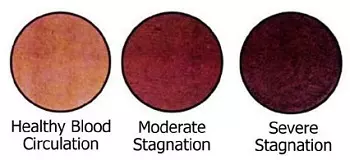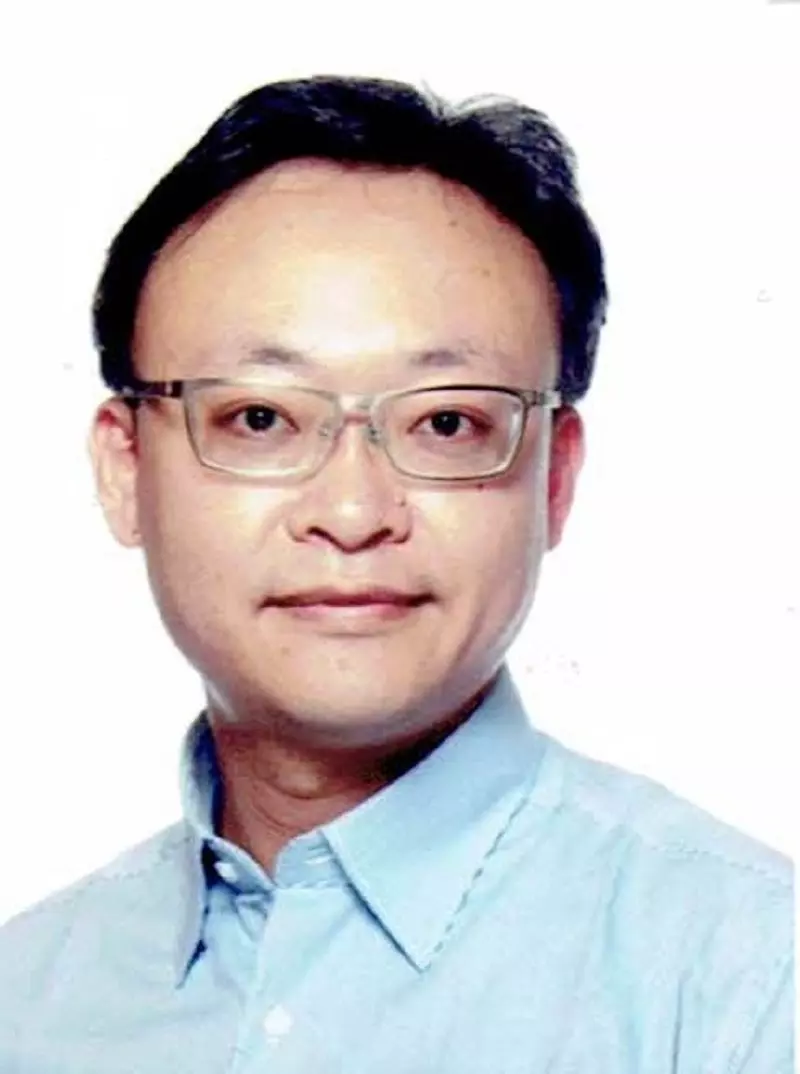Cupping treatment is utilising cup and fire to generate and sustain suction force over treated area, lifting up skin from deeper tissue to generate therapeutic effect.

Cupping suction force can be generated by fire, or suction vacuum. Generally, practitioner would prefer the transparent cup instead of colour one, as they can observe skin condition during treatment. Cupping treatment is generally applicable for most of the patients, especially pain patients. However, there are some conditions need caution:
- Cardiovascular patients, eg, heart diseases, low blood pressure
- Open wound area
- Pelvic area while pregnacy
- People with hemophilia or use of blood thinners
- emergency for surgery
Cupping Therapy FAQ:
Why is there red marks after cupping?
It is result of releasing blockage from meridian system. Suction can help removing the blockage factor and after treatment, there could be red marks over application area. Furthermore, some skin marking are darker,, while other are slighter. According to the TCM theory, it is believed that poor circulation would usually result in darker marks on skin.
- Light marking usually means insufficiency body constitution.
- Dark marking with increasing skin temperature means Heat pattern diseases.
- Dark marking without change of skin temperature means stagnation, cold pattern, Qi or Yang insufficiency body constitution.
- Blister means heavy dampness within body, clear discharge refers to cold dampness, while yellowish discharge is dampness accompanied with heat.
- Itchy skin reaction means Wind type pathogenic factor.
Usually, the marking will discolour within 1 week.

Is cupping hurt or dangerous?
It would not hurt, and it is safe if it is applied by proper trained TCM practitioners.
Any danger or side effect for cupping?
Usually, the answer is negative. Cupping treatment is pretty safe, if it is applied properly. However, open wound, ulcer or pregnant woman need caution when applying cupping.
Is cupping good for sport?
Not only good for athlete, it would be good for chronic pain condition. Cupping can effectively resolve muscle tightness and thus improving the painful and tight condition. It is belied that the red marks can stimulate vascular system and thus improving circulation.
How often should I have the treatment?
Depends on treating pain or purpose for maintenance. Usually, 2-3 times in a week still applicable. For maintenance, once a week is also appropriate.

Lo Man Kin, William
Mr. Lo received full time training in Physiotherapy and Traditional Chinese Medicine. After working in orthopaedic clinic, he gained lot of experience in treating different kinds of pain condition. He has great interest in integrated medicine and like to explore the ancient medical knowledge. He is now also serving as the committee member of one of the course in Hong Kong St John Association, write for the column and promote acupuncture in radio program.



